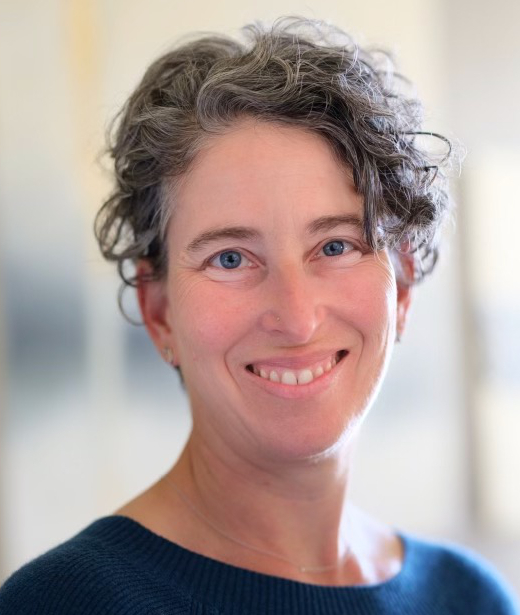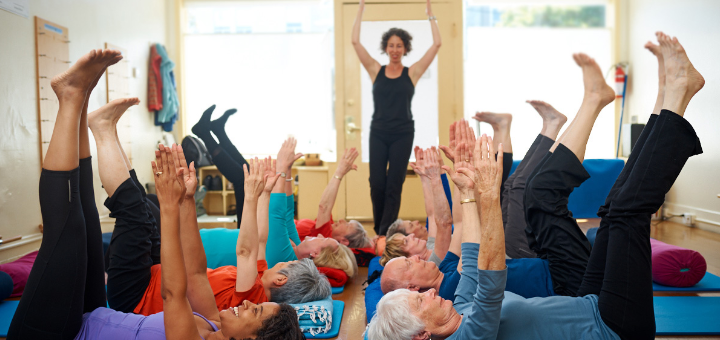Anatomy 102 (of a Yoga Research Study)


As you start to find research articles that may help you see and communicate what science says about yoga, you can sprinkle in questions like the ones that follow, to stoke your curiosity and build your fluency:
What is meant by “yoga” (or “meditation”)? Often, journal articles don’t specify or distinguish among lineages and practice approaches nor provide a particular sequence or protocol. It’s hard to tell what form of yoga was offered.
What was the “best alternative” to yoga’s possible benefits— another intervention, comparison or “control” condition(s)? Is it walking, stretching, reading an educational text, and/or nothing? (useful journal article on this: “Comparison Groups in Yoga Research: A Systematic Review and Critical Evaluation of the Literature”)
What were the research methods? Here are quick explanations of the basic menu of options. Most studies combine methods:
- Literature review: To collect and summarize all that’s been written on a topic, usually presented in the format of a very detailed bibliography plus a narrative interpretation that synthesizes the key findings and areas for further inquiry.
- Surveys: We live in the era of surveys whether it’s a quiz on social media, a set of questions from presidential candidates, or the number of stars we give to rate our ride to the airport. Validated survey instruments are those that have been developed and tested across populations multiple times to see if the questions and the results are dependable and can be repeated.
- Biological data collection: Gather body tissues and fluids, measuring physiological indicators like heart rate and pulse, using in-person visits as well as newer, take-home technologies (e.g., FitBit…).
- Participant self-reports: The participants track, record and communicate their observations of their own experience during the course of the study using journal formats, interviews and other media.
- Individual participant interviews: Researchers interview participants at various points before, during and after the intervention.
- Focus groups: A group interview on a specific topic or key questions.
- Case studies: In-depth examination or description of one or more “cases”—an individual person or event, for example— to illustrate research questions, methods and interventions. This is a “close up” research strategy that can’t be easily generalized but can amplify specifics.
- Researcher or instructor observation: A member of the research or intervention team(s) records notes on their observations of participants and the interventions.
Participant self-reports and interviews are likely to be nuanced and subjective, textured yet difficult to verify or generalize. And they are essential to understanding movement and contemplative practices. In their methods, how did the researchers tackle the first-person experience?
Unlike taking a pill versus a placebo, participants and researchers usually know which intervention is offered (for example, if you’re in the movement group or the control group that’s doing something other than movement). How did the design address that for a “blind” or “double-blind” study?
What can you learn about the researchers and their motivations, from this and other publications? Funding sources? Do authors and/or acknowledgements include the yoga consultants, teachers or therapists who developed or delivered the protocols? Does the article suggest strategies for education or dissemination of findings?
Remember, principal Investigators and designers of studies may not have direct, personal understanding of the practices that they are designing into the studies. Many arrive at their work as researchers via academic, intellectual and professional pursuits, and have not necessarily started out as avid yoga practitioners. (Although some may have had experiences with yoga and contemplative practices that led them to want to do research.)
Lastly, you may take note of how often we see the following or similar (in)conclusive phrases and caveats, reminding us with humor and humility: “More methodologically rigorous studies are required!”
 Now that we’ve covered basic anatomy of understanding research, it’s time for a deeper dive into dissecting a journal article! For example, I did a quick search on Pubmed (“yoga and neck”) and was delighted to see an article about the effects of yoga on patients with chronic nonspecific neck pain. It’s a recent (2019) systematic review! Let’s take it apart together, shall we? View pdf file of this analysis >
Now that we’ve covered basic anatomy of understanding research, it’s time for a deeper dive into dissecting a journal article! For example, I did a quick search on Pubmed (“yoga and neck”) and was delighted to see an article about the effects of yoga on patients with chronic nonspecific neck pain. It’s a recent (2019) systematic review! Let’s take it apart together, shall we? View pdf file of this analysis >
(© 2019. Rachel Lanzerotti, Five Rivers Yoga LLC.)
Rachel Lanzerotti (MSW, eRYT500, IAYT-Certified Yoga Therapist)is the Founder of Five Rivers Yoga Therapy and creator of The RE/ST Method for Pain Recovery™. She is a Body-Mind Yoga Therapist, meditation teacher, counselor, health educator and specialist in back pain relief. Rachel has taught at UCSF Osher Center for Integrative Medicine and Spirit Rock Meditation Center.
She holds a BA in Human Biology from Stanford University and Master of Social Work (MSW) from San Francisco State University. For a decade prior to founding Five Rivers Yoga Therapy, Rachel ran an organizational consulting practice with community-based groups. She spent many years focused on direct action work for nonprofit and social change organizations.







Hi, I am a PHD student and yoga teacher. I am researching two areas – the benefits of yoga for community wellness and for adult autism. I’d be grateful for any advice on where to look for any existing research and how to connect with fellow yoga researchers. I’m UK based.
Hi Sally, thank you for commenting on the post! Rachel is on a silent retreat right now – I am sure she will be happy to respond once she gets back!
Hi Sally, thanks for your comment and your patience (I’m back from silent retreat). While I personally am not familiar with resources in these two important areas, my first step would be to do a search on pubmed (https://www.ncbi.nlm.nih.gov/m/pubmed/) to see the scope and focus of existing research. Search terms like “adult autism and yoga” would be useful. For “community wellness” you might need to choose a more specific focus area or search terms in order to yield meaningful search results. Happy hunting!